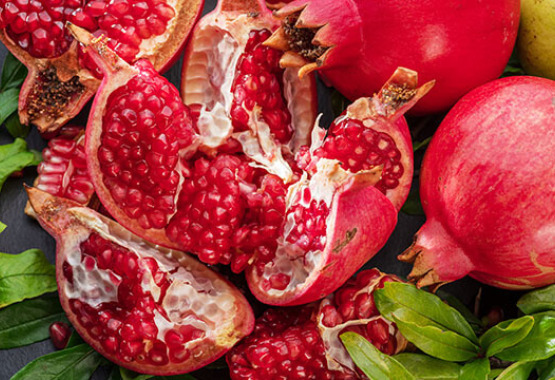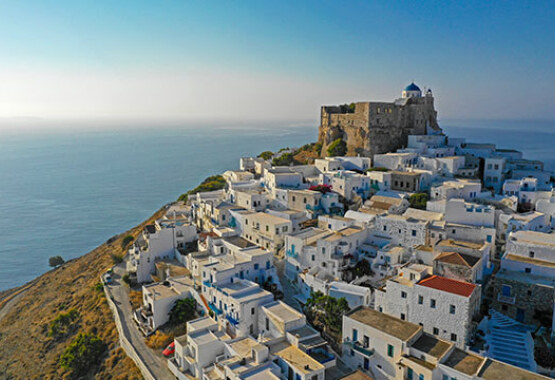Olive Oil Museums around Greece
The Olive Tree in Greece
The olive tree thrives in the Mediterranean basin and is inextricably linked to Greece and its history. Olive oil production in this region is an activity that dates back thousands of years and provides us with this precious gift of nature that nourishes, protects, preserves, heals, stimulates and inspires us all. The use of the olive tree has been known since antiquity. It was cultivated in Ancient Greece and its produce used to be an important commercial product.
It has always been a symbol of wealth and power, particularly in ancient societies. The Minoans used to keep large jars of this produce in giant olive storage areas within the Palaces. Big stirrup jars - also known as the "false-neck amphorae" - dating to the Mycenaean period were used for transporting olive oil across the then known world. During the Classical period in Athens, athletic game winners would receive the much-coveted prize of a Panathenaic amphora filled with top quality olive oil from Attica’s olive groves, while the Olympic Games winners were wreathed with an olive branch.
Olive oil is undoubtedly one of the essential ingredients used in the Greek cookery, next to wine and wheat. The so-called table olives are either served as an appetizer or they are used as an ingredient in a variety of palatable dishes. Greece ranks third in the list of International Olive Oil Production countries as it has over 150m olive trees and 2,800 olive presses which produce approx. 450,000 tons of olive oil annually, 75-85% of which is extra virgin. This percentage has turned Greece into the world leader in extra virgin olive oil production! Twenty seven Greek labels have gained either the Protected Designation of Origin or the Protected Geographical Indication status. The best-known olive varieties are the Kalamon olives, the konservolia variety from Amfissa, the olives from Arta, Atalanti, Rovies on Evia Island, Stylida, Volos, the throumpa variety from Thasos Island, Chios Island and Crete; they all have the Protected Designation of Origin status.
Olive Museums in Greece
Visit the Olive Museums across the country and get acquainted with the history of the olive tree and its widespread cultivation in the Mediterranean basin, learn about the paramount importance of olive oil in a healthy diet and its connection to Greek culture. Museum exhibits refer to cultivation, harvesting and olive oil production, picking of table olives, and there is also a display of olive-based cosmetic products.
In the heart of Laconia district, one of the main olive oil producing areas in the country, you can visit the Museum of the Olive and Greek Olive Oil in Sparta, housed at the premises of the old Electricity Company. Through the exhibits you will enjoy a trip in the culture, history, and technology on the treatment of olives and olive oil production in Greek areas from the Prehistoric times until the early 20th century. On Lesvos Island, the Museum of Industrial Olive-Oil Production is housed in the old municipal olive press of Agia Paraskevi, where you can get acquainted with the industrial production of olive oil in Greece.
The Cyclades Olive Museum is one of the oldest and best preserved animal-drawn olive mills, which has been renovated and converted into a museum. You will find it in Ano Pitrofos, on the lovely island of Andros. The Olive Oil Museum on green Thasos Island is located just beyond Skala Prinos village. You will see a wide variety of photos on display as well as an exhibition of olive-based products for you to try and buy.
If you’re near Volos town, make a point of visiting the Olive Museum on Mt. Pelion, located in Ano Gatzea village. You will find agricultural implements used in olive tree cultivation and harvesting and you will see an impressive olive oil tank which is 2.2m high and 3m in diameter. In Elaiochori, Kavala, the Olive Museum is an old olive press which has been entirely renovated and is open to visitors. In Elaionas Serron, Serres, the old stone-built water-driven olive mill has now been turned into a museum.
On Kefalonia Island, there is a small refurbished olive mill which now houses the Pylaros Olive Museum. In the premises you will find the original machinery used in the late 19th and early 20th century. At Kynoplastes village, near Achilleio, Corfu Island you can visit the Corfu Olive Museum. This well-preserved former olive press dates to the early 20th century. Exhibits include a large variety of implements and other means of processing the fruit of the olive tree and producing olive oil.




